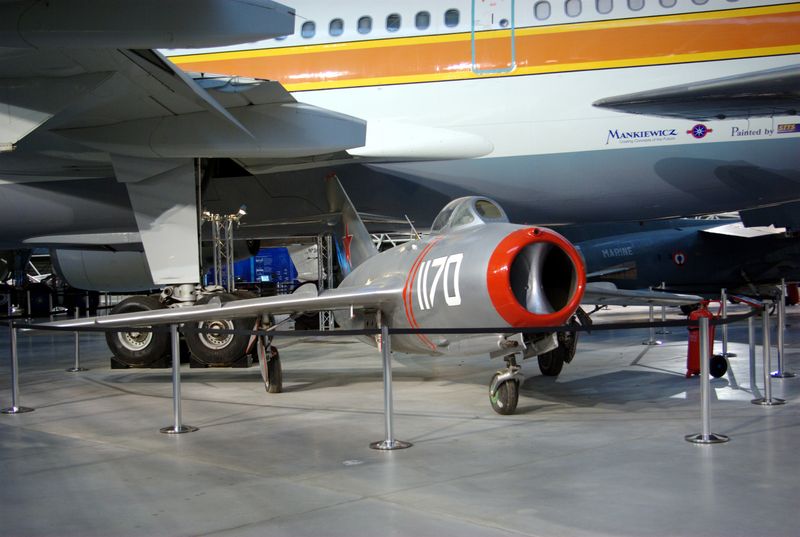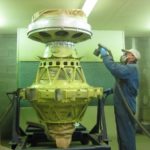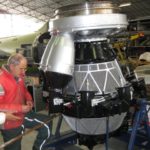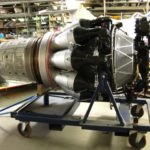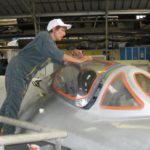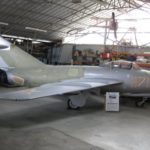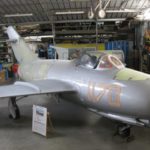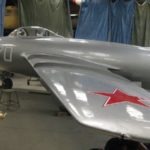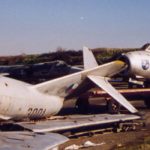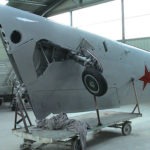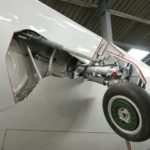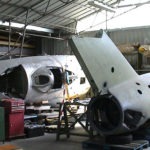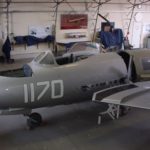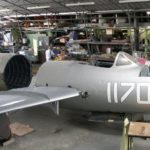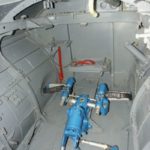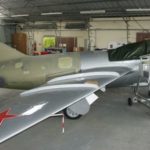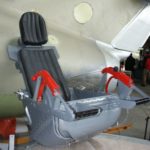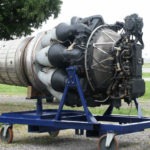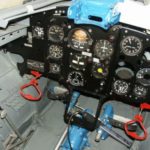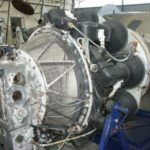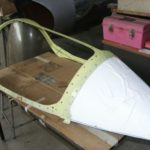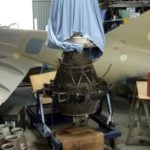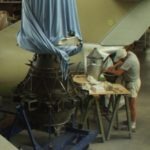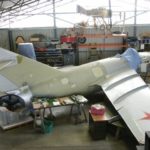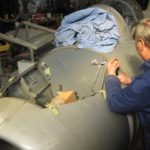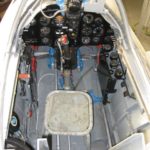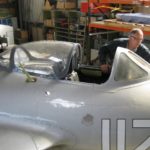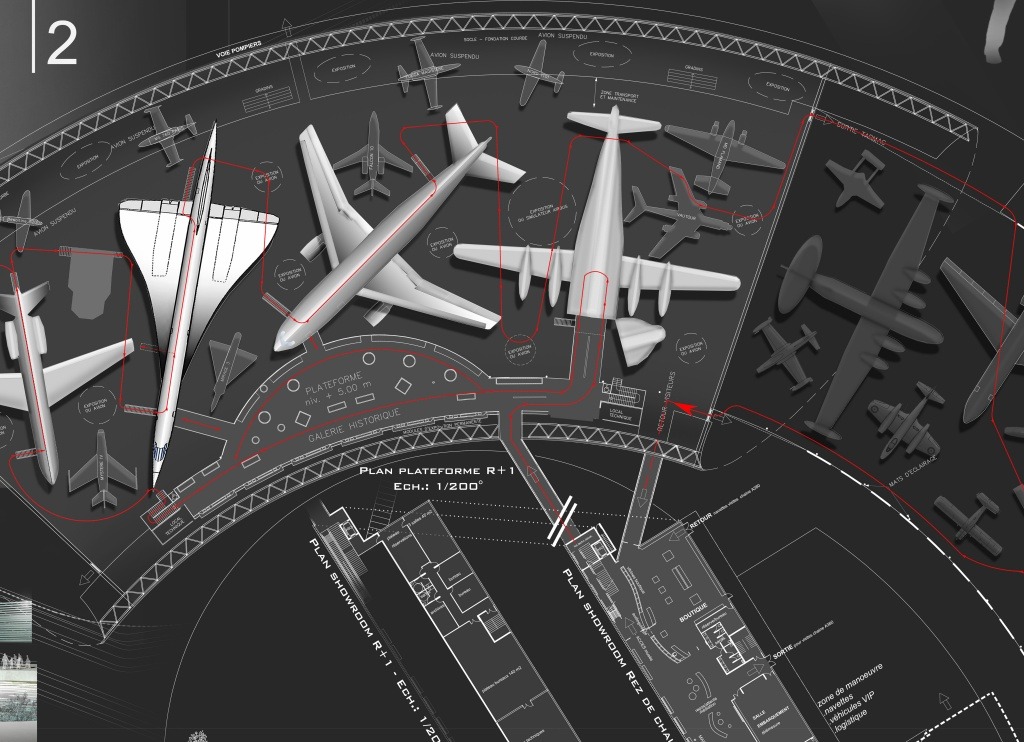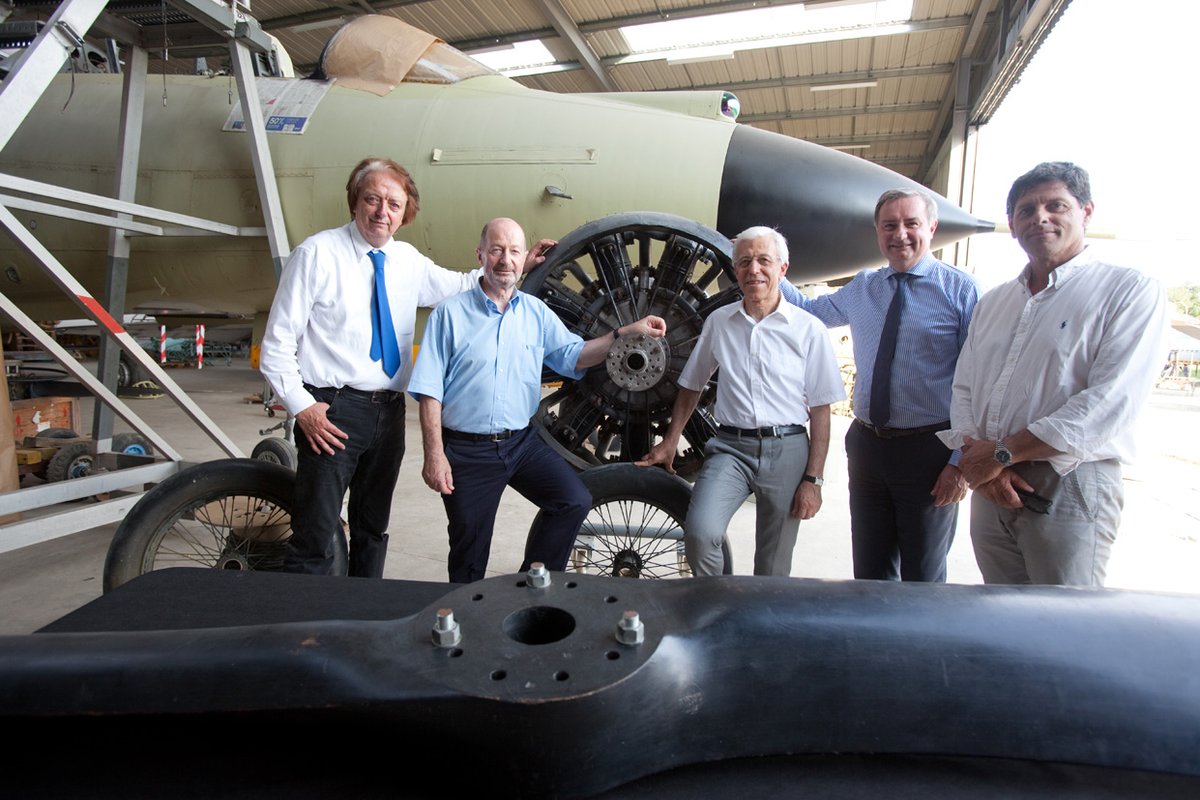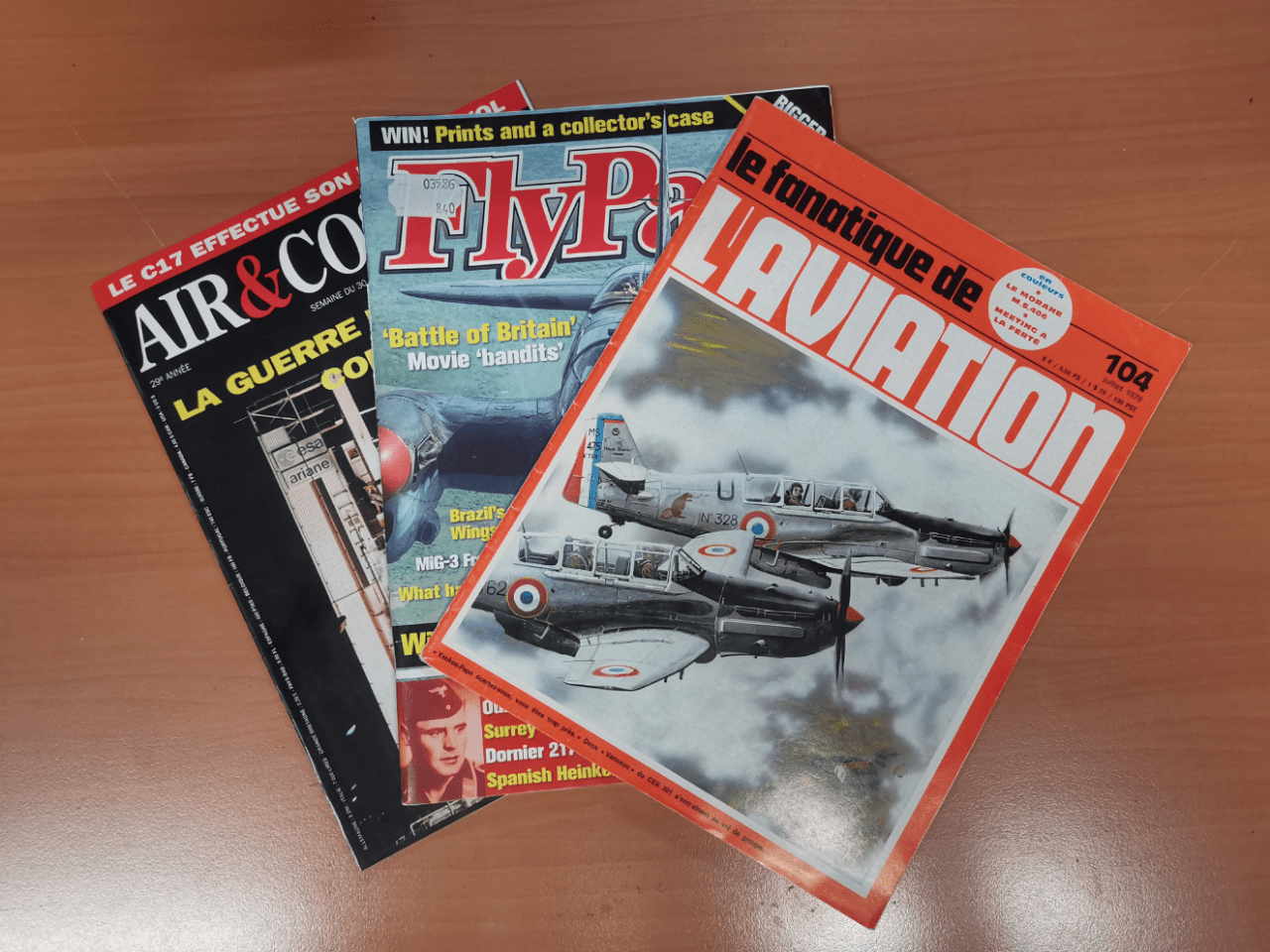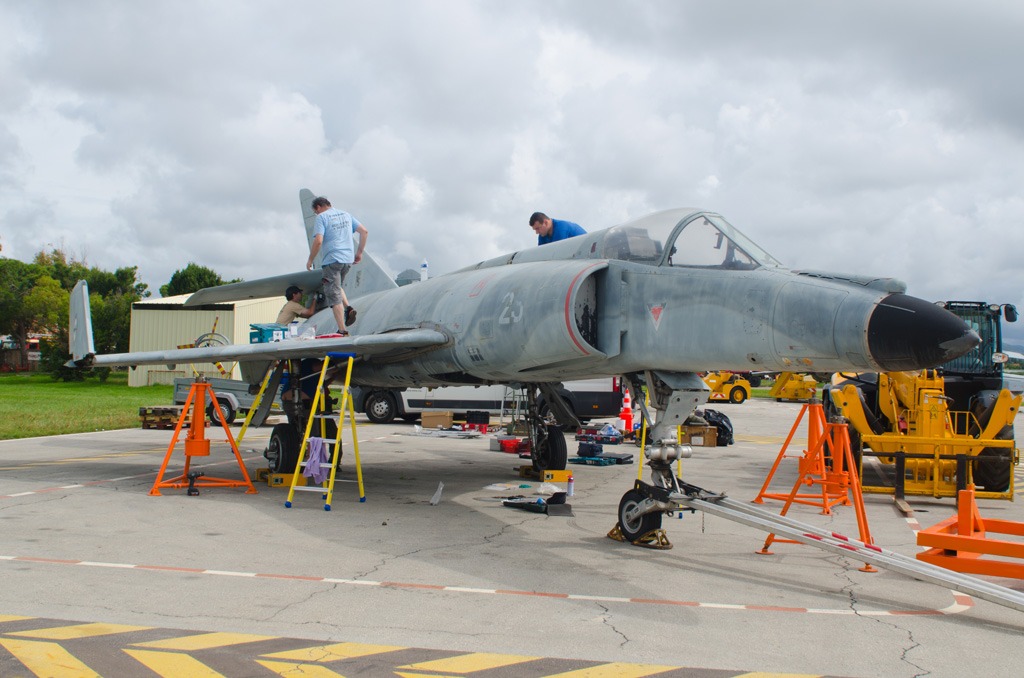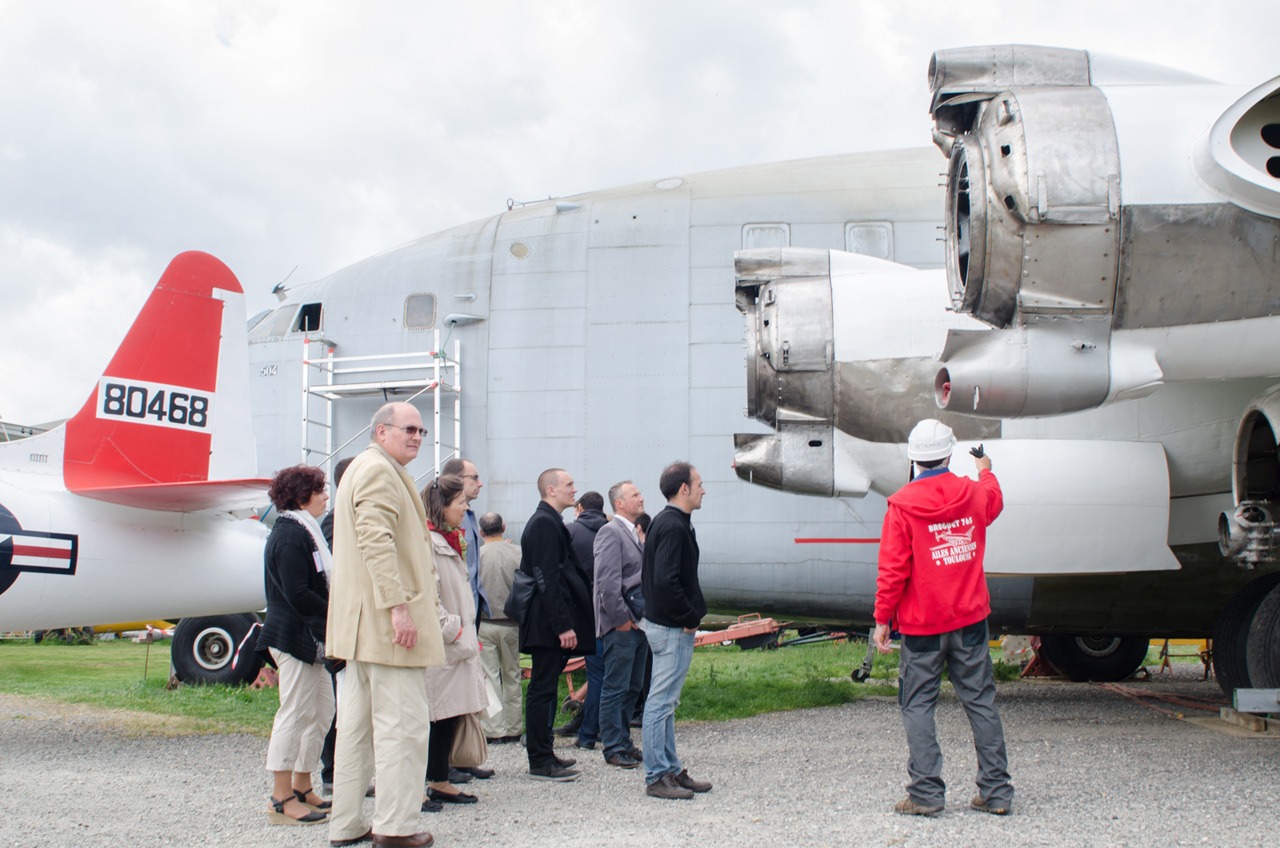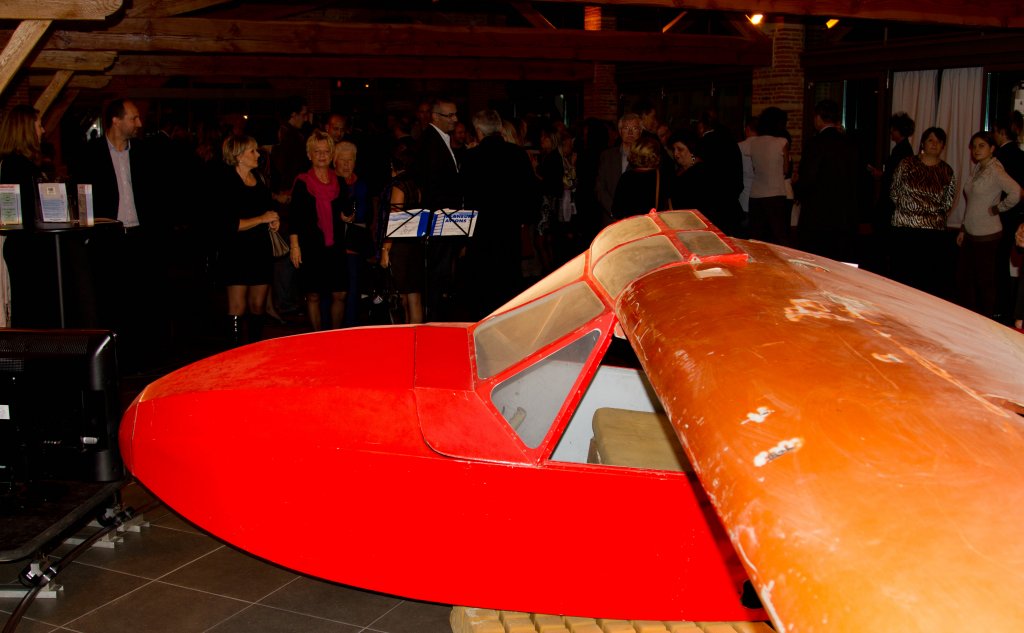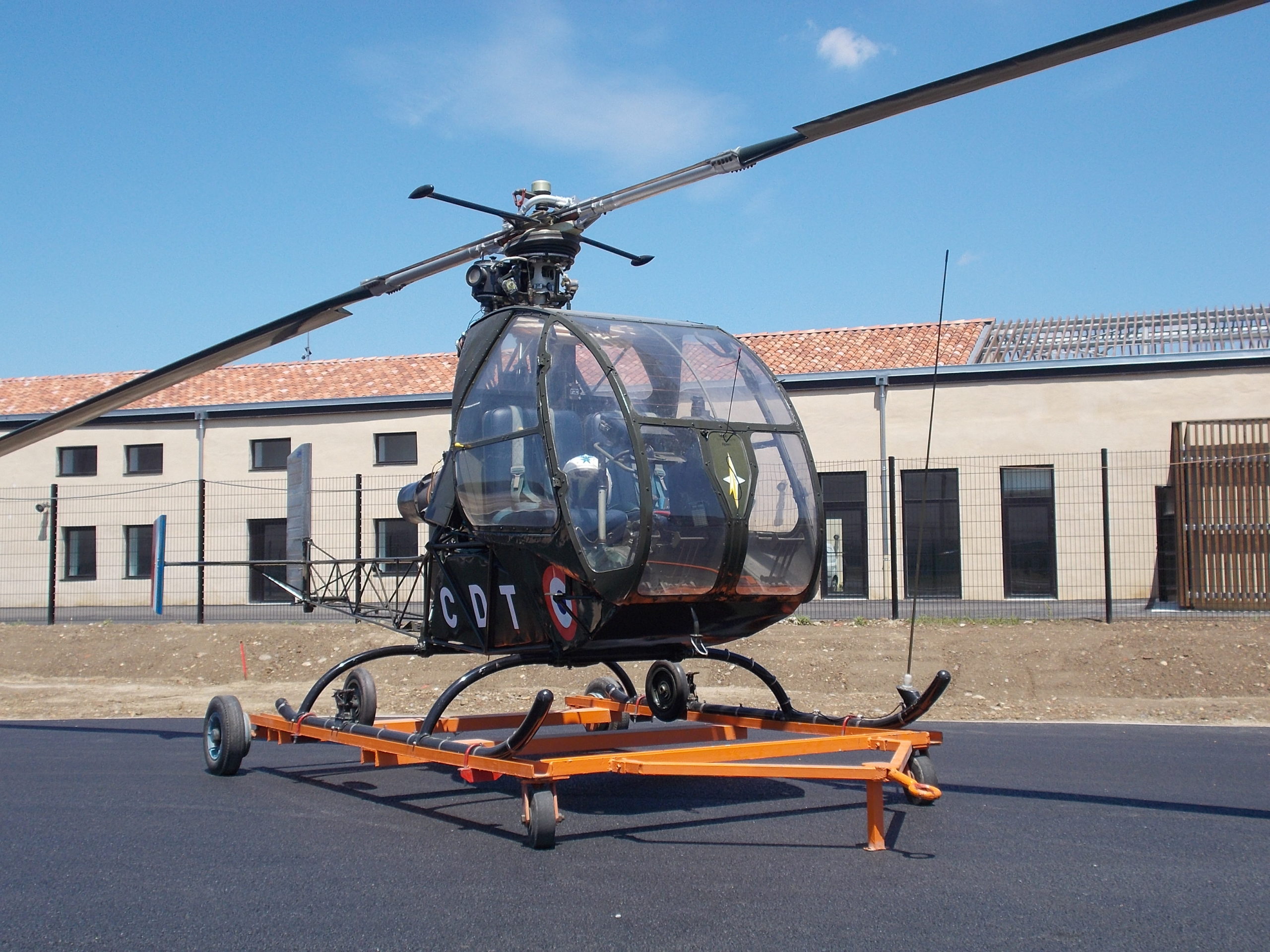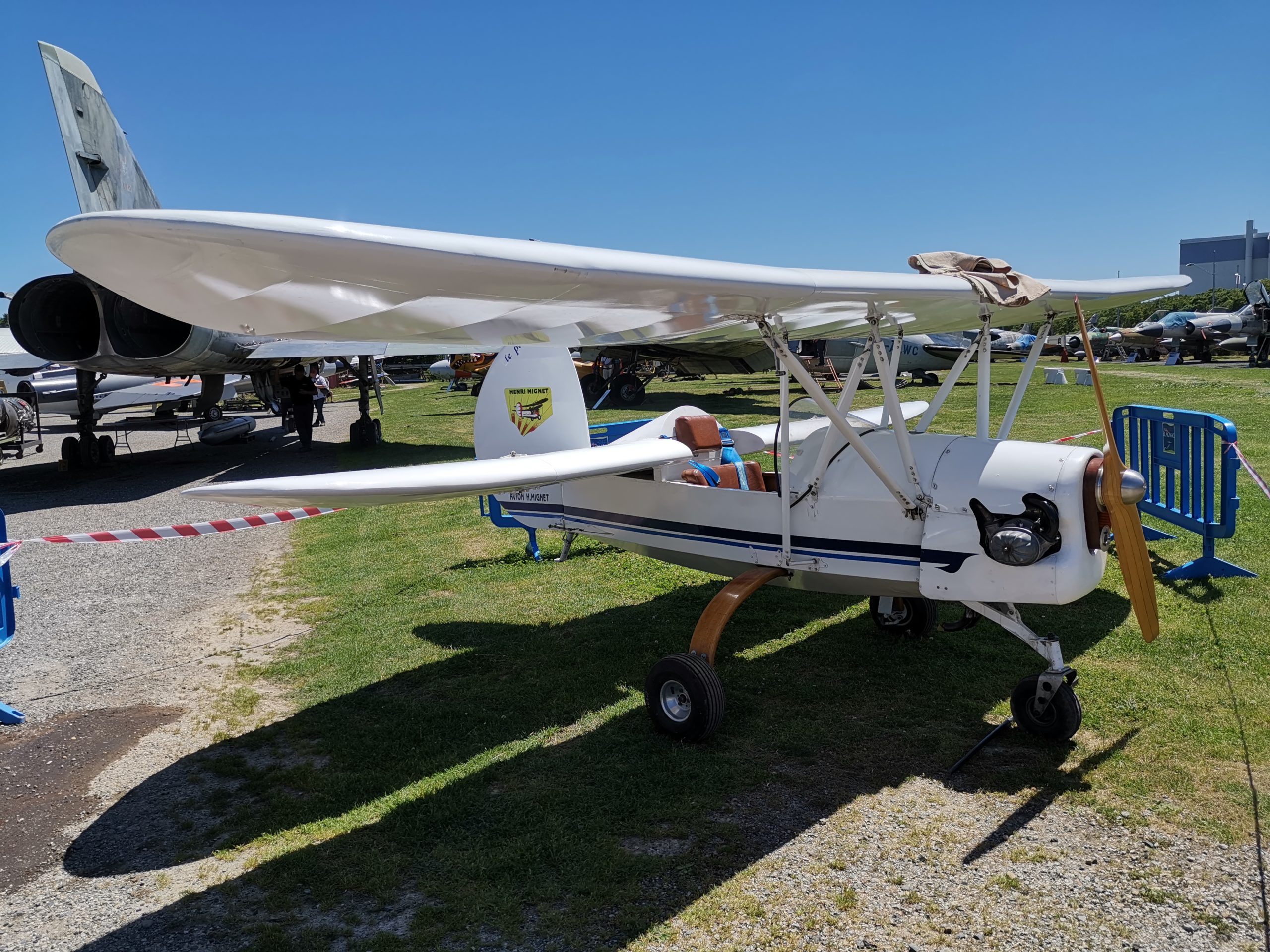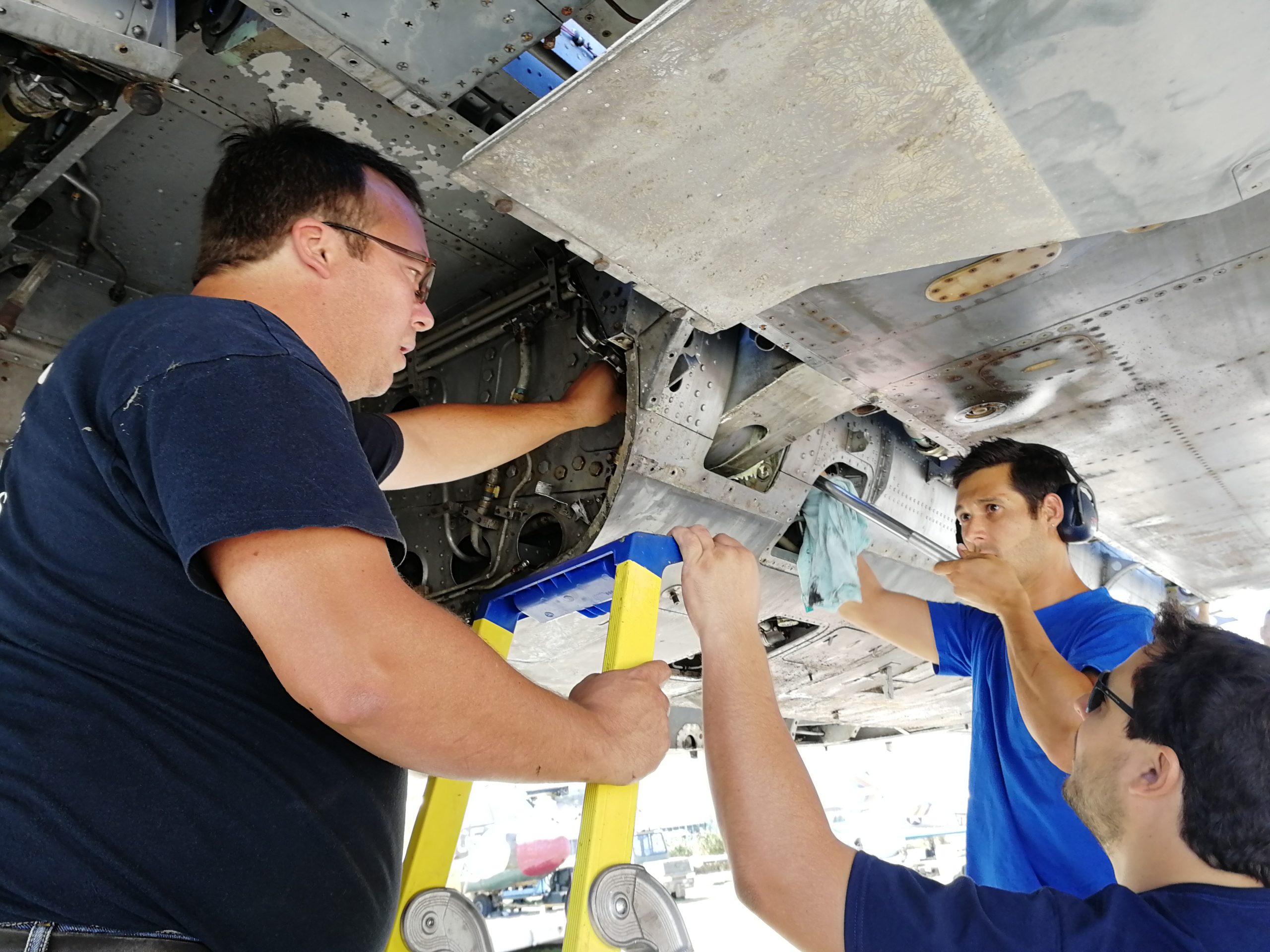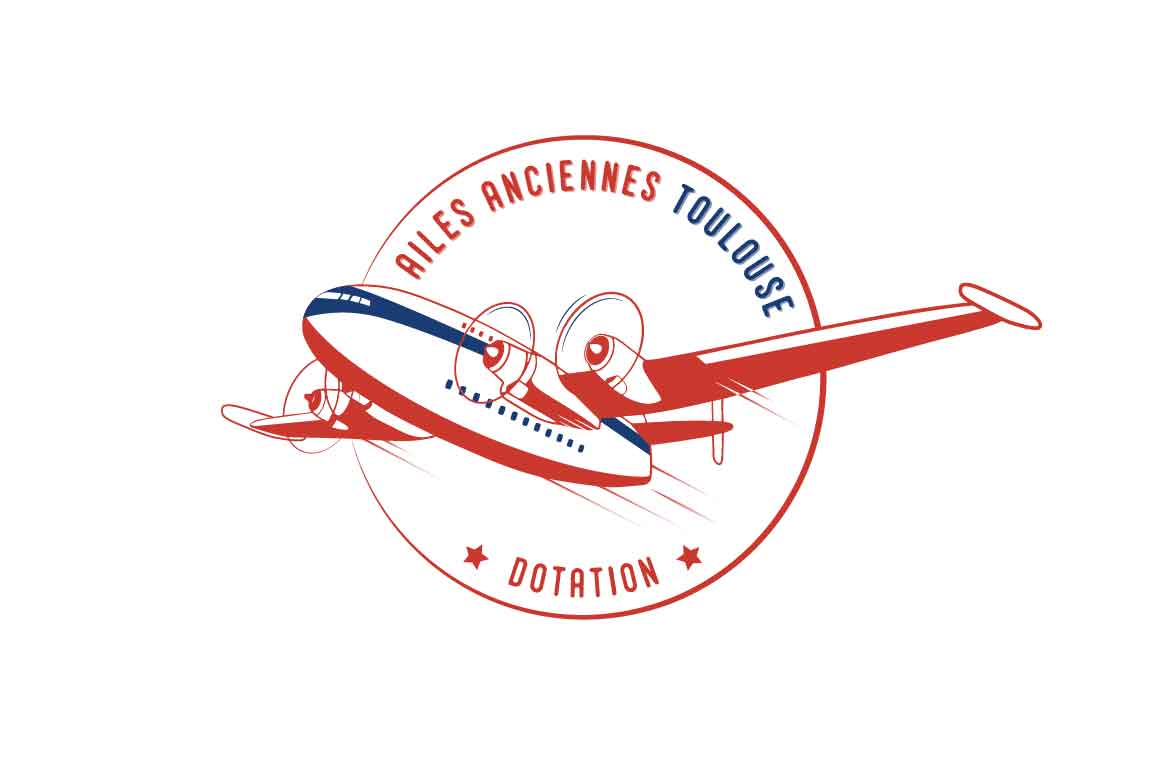Historia
En 1946, Joseph Stalin puso en marcha un programa para Uniones Soviéticas para equipar un luchador de alto rendimiento. Sobre la base de la investigación alemán sobre alas en flecha, MiG (Mikoyan y Gurevitch), así como otros constructores se dio cuenta de los primeros prototipos. A principios de 1947, el gobierno británico vende a las URSS 25 Rolls Royce «Nene», el reactor más potente del tiempo. Algunos motores se desmontan para la copia y la producción en serie, mientras que otros están asignados a diferentes fabricantes.
El prototipo 310 se llama cambió rápidamente e hizo su primer vuelo el 30 de diciembre de 1947. La producción se puso en marcha de inmediato, mientras que las pruebas se completarán hasta principios de 1948. Estas pruebas revelan las dificultades de dirección se irá corregiendo en la serie. Los primeros aviones de producción se entregan finales de 1948 bajo la designación MiG-15.
Una mejor versión MiG-15 Bis se desarrolla en el año 1950. Cuenta con un mejor rendimiento a través de una mano de obra más cuidadosa y un motor un poco más potente. Cuenta con 3 torres de carga útil en cada ala y se entregarán a partir finales de 1949. Durante la Guerra de Corea, el MiG-15 repentinamente descubierto por los occidentales dominando todos los cazadores Publicado: el F-80, F-84 y Meteor. El equilibrio será restaurado con recipitado envío de F-86 Sabre. Estos ganaron más con la mejor experiencia de sus conductores que por su desempeño. Las tasas pérdidas serán unos 4 contra 1. Desde 1958, el MiG-15 será redirigido a las unidades ataque a tierra y retirado de servicioen 1985.
Desde 1949, una versión biplaza de entrenamiento es realizado MiG-15 UTI que va a hacerse el avión de entrenamiento avanzado estándar (hasta 1995). En resumen más de 7.000 MiG-15 serán construidos, entre los que están cerca de 3.000 biplazas, en URSS (8 fábricas) pero igual bajo licencia en Polonia, Checoslovaquia, Hungría, China. Servirán en más de 30 países. De numerosos MiG-15 son preservados en museos y algunas máquinas vuelan ahora entre coleccionistas civiles occidentales.
Características
| Envergadura | 10,08 m |
| Longitud | 10 m |
| Altura | 3,7 m |
| Peso en vacío | 3,7 t |
| Peso máxima | 6 t |
| Carga | 1 t |
| Velocidad máxima | 1 050 km/h |
| Alcance | 760 km |
| Tripulantes | 1 |
| Motorizado por | 1 Klimov VK 1 de 2700 kgp |
| No de Serie | 9001 |
Nuestro avión
Nuestro avión llegó de República Checa 1999, tras un intercambio con un museo local contra un Fouga Magister.
Su restauración ha requerido muchas horas de trabajo debido al mal estado de la célula y la dificultad de encontrar las piezas faltantes. Si se hizo la pintura interior con la asistencia de IFI Pintura centro de formación pintura exterior, sin embargo, se llevó a cabo en su totalidad por nuestros miembros.
Fotos
- DCF 1.0

